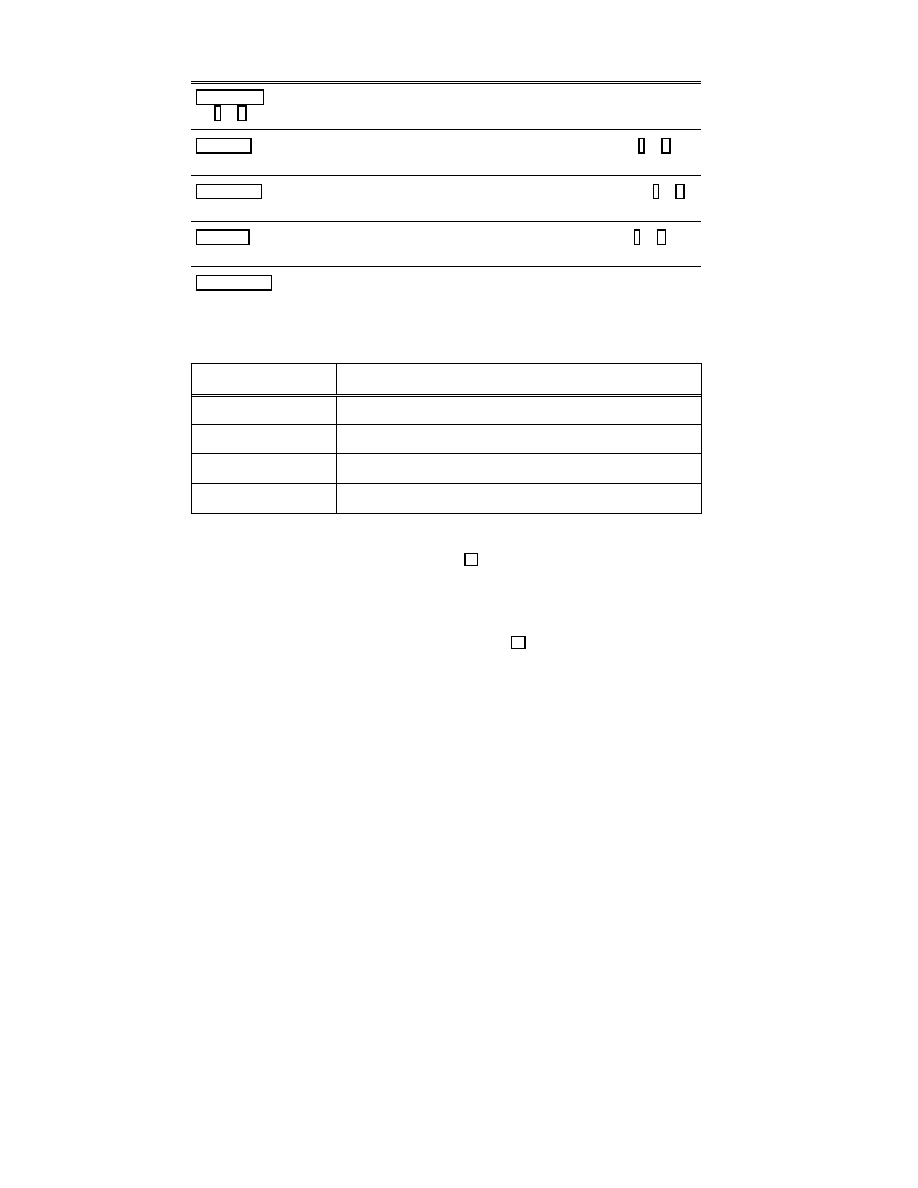Volkswagen Golf (2015 year). Manual - part 18

Function button: action
Front volume : Different volumes can be set separately for the signal chimes for the front by tapping
the - or + function keys, or by adjusting the control.
Front pitch : Different pitches can be set for the signal chimes for the front by tapping the - or +
function keys, or by adjusting the control.
Rear volume : Different volumes can be set for the signal chimes for the rear by tapping the - or +
function keys, or by adjusting the control.
Rear pitch : Different pitches can be set for the signal chimes for the rear by tapping the - or +
function keys, or by adjusting the control.
Audio lowering : Setting the level to which the Infotainment system volume should be reduced when
the PDC is active.
Audio volume reduction
Menu option
Explanation
Off
The volume in the Infotainment system is not reduced.
Low
The volume in the Infotainment system is reduced slightly.
Medium
The volume in the Infotainment system is reduced to medium.
Strong
The volume in the Infotainment system is reduced to a minimum.
Muting the Park Distance Control volume
You can mute the PDC beeping signals by tapping the
function key on Infotainment system screen
(if applicable). Tap the function key again to reactivate the acoustic signals.
Switching Park Distance Control back on after it was switched off reactivates the volume. System
malfunction warning signals cannot be switched off.
If you manually deactivate the display, PDC remains on and the sound is reactivated.
The mute setting is active if the PDC was switched on using the
button when the selector is in Park
(P).